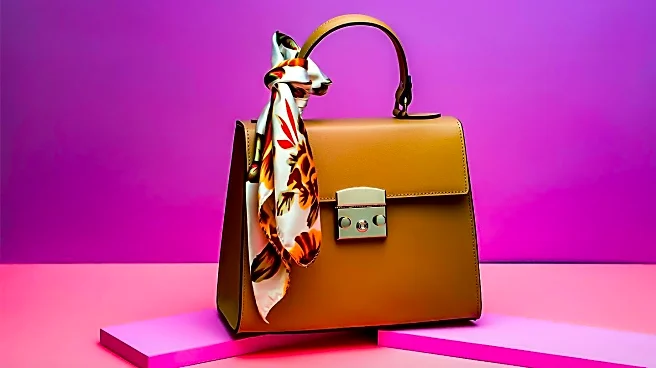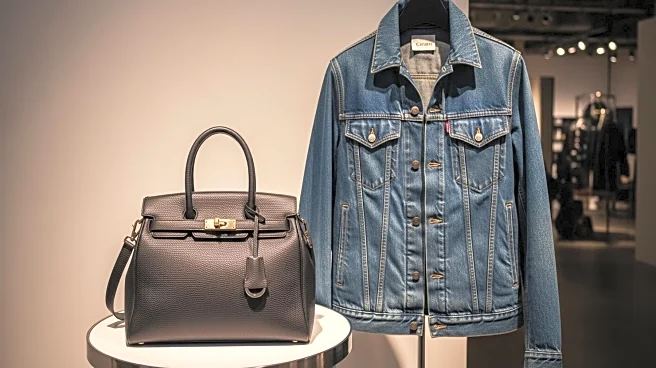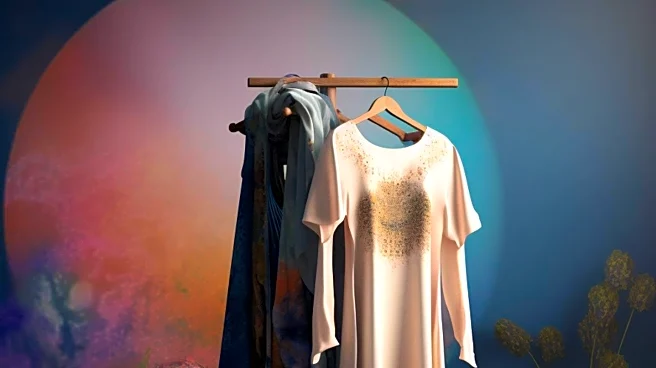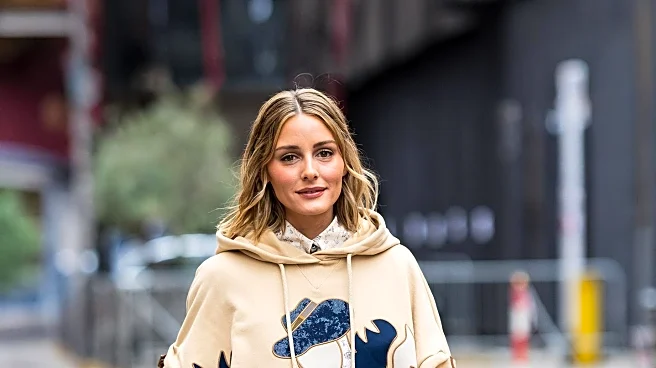What's Happening?
The spring 2026 New York Fashion Week has concluded, showcasing a masterclass in transitional layering through street style. Attendees embraced versatile outerwear pieces such as suede blazers, barn jackets, and leather bombers, reflecting the adaptability required by New Yorkers. The event highlighted the importance of lightweight transitional staples for the fall season, with showgoers demonstrating creative pairings of denim jackets, classic blazers, and funnel-neck jackets. The street style scene provided real-life lessons on versatility, layering, and comfort, emphasizing the role of outerwear as a cornerstone of fashion during this period.
Why It's Important?
New York Fashion Week serves as a significant platform for setting trends and influencing global fashion. The focus on transitional layering highlights the evolving needs of urban dwellers who require adaptable clothing for unpredictable weather and diverse social engagements. This emphasis on versatile fashion pieces can impact retail strategies, encouraging brands to innovate and cater to consumer demands for multifunctional apparel. The event also reinforces New York's status as a fashion capital, attracting international attention and contributing to the city's cultural and economic vibrancy.
What's Next?
Fashion enthusiasts and industry professionals will likely continue to explore and expand on the themes presented during New York Fashion Week. Designers may incorporate more transitional pieces into their collections, responding to consumer interest in adaptable fashion. Retailers could adjust their inventory to include these versatile items, potentially influencing purchasing patterns. The insights gained from the event may also inspire future fashion weeks, as cities worldwide look to New York for direction in style and innovation.
Beyond the Headlines
The focus on transitional layering at New York Fashion Week may have broader implications for sustainable fashion practices. By promoting versatile clothing that can be worn across seasons, the industry could reduce waste and encourage more mindful consumption. This approach aligns with growing consumer awareness of environmental issues and the demand for sustainable fashion solutions. Additionally, the event's emphasis on comfort and practicality reflects a shift towards more inclusive and accessible fashion, catering to diverse lifestyles and preferences.










